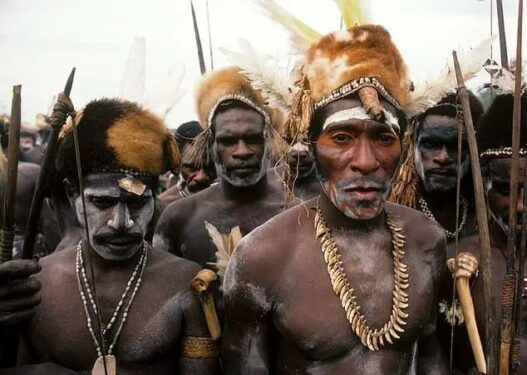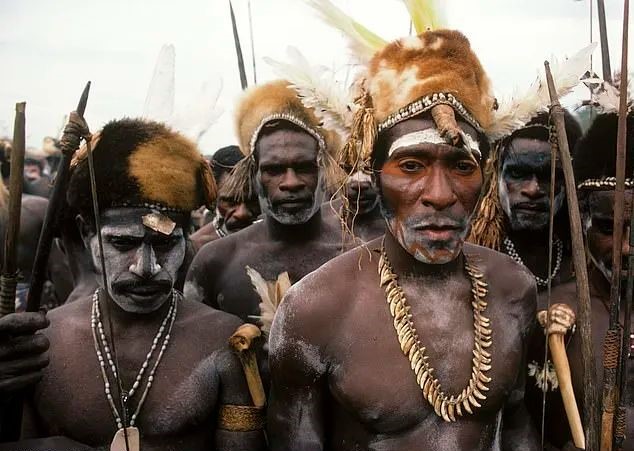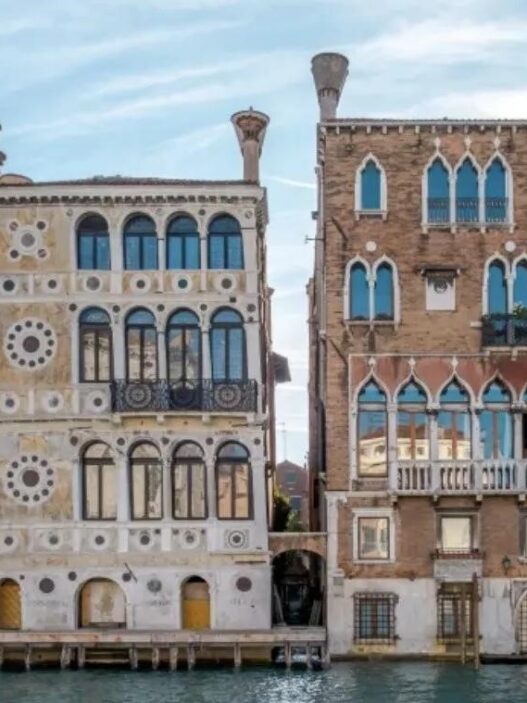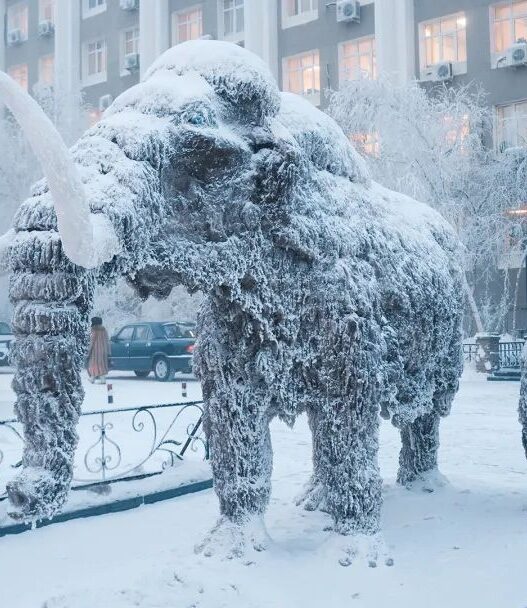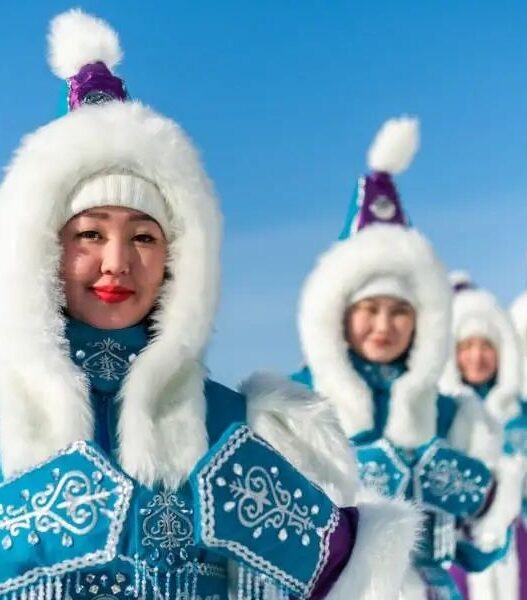In some corners of the world, there are still practices that are hard to believe. Eating unburied corpses, using skulls as cooking tools, and consuming human flesh during dark rituals—these are just some of the traditions followed by the remaining cannibal tribes on Earth.
Although these acts sound like scenes from a horror movie, for these tribes, they are part of daily life. These groups often live in areas untouched by modern civilization, and their customs can be traced back thousands of years. Their existence fascinates scientists and explorers, but sometimes this curiosity comes at the cost of human lives.
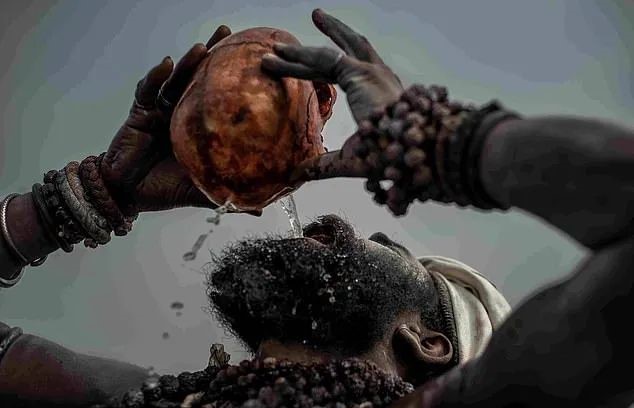
The Aghori Sect in Varanasi, India
In northern India, the Aghori sect is infamous for their practices of cannibalism and using human remains. In Varanasi, they throw dead bodies into the Ganges River and use human skulls as cups. They believe such acts bring them closer to the divine.
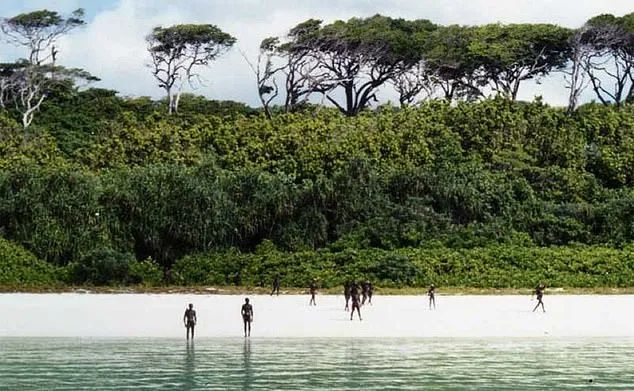
One follower’s home, as documented by photographer Jan Skwara, features an empty coffin as a shelf, with a bag full of human skulls at the foot of his bed. Despite worshipping the Hindu god Shiva, their practices are vastly different from mainstream Hinduism.
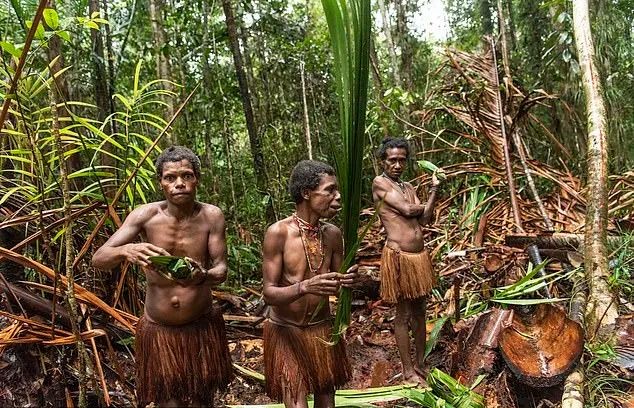
The Asmat Tribe of Papua New Guinea
In New Guinea, the Asmat tribe is known for headhunting and eating human flesh. They believe eating the brain of their enemies grants them their strength. Members of the tribe often paint their faces, wear decorative headgear, and wield spears. These traits leave a strong impression on those who encounter them.
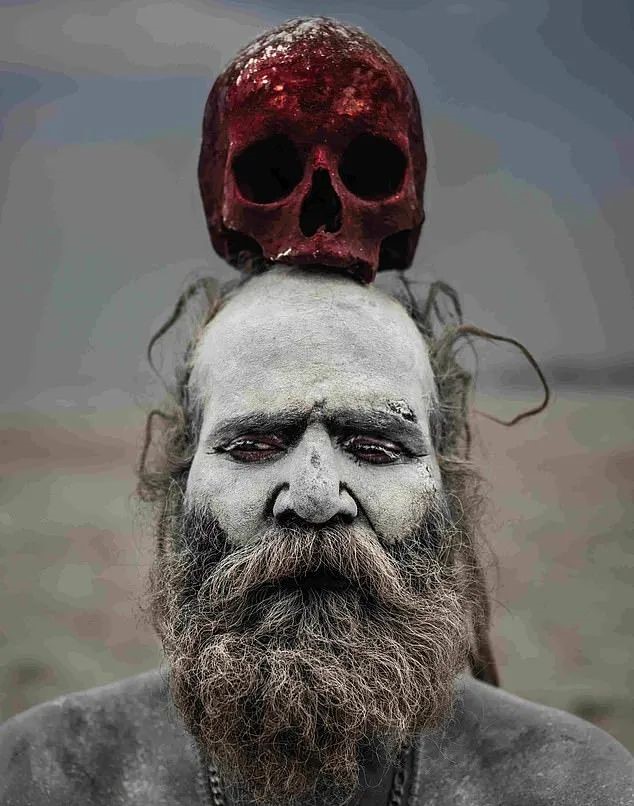
There are various legends surrounding them, including rumors that they may have eaten Michael C. Rockefeller, the son of New York Governor Nelson Rockefeller. However, this rumor has never been confirmed.
The Korowai People
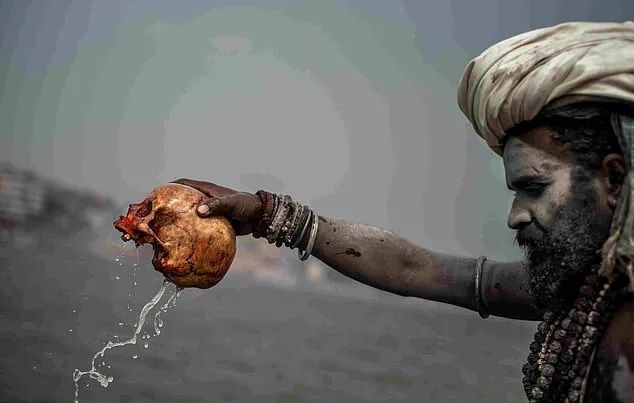
Another tribe, the Korowai, lives in the Papua province of Indonesia. They didn’t know about people outside their group until the late 1970s. Their way of life is vastly different from the modern world. Some reports suggest that they practiced cannibalism in the past, though this remains a matter of debate.
The Sentinelese Tribe
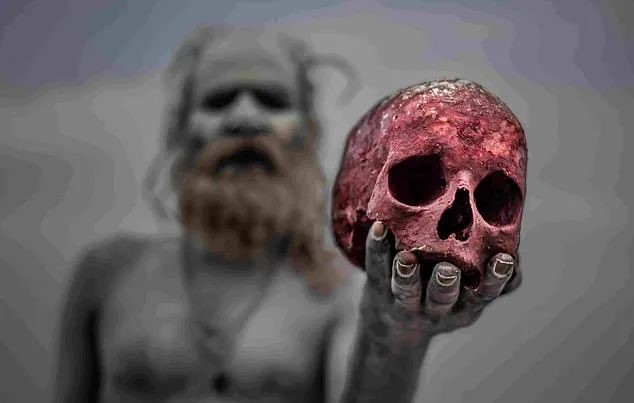
The Sentinelese, living on North Sentinel Island in the Bay of Bengal, may be the most isolated tribe in the world. They are the last known Stone Age tribe. They have been so hostile toward outsiders that the Indian government has forbidden anyone from approaching within five kilometers of their island.
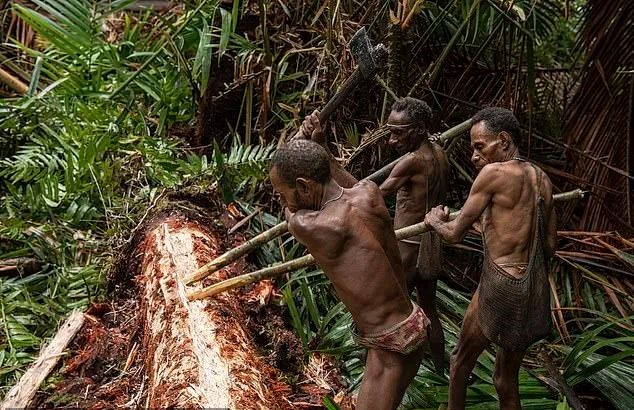
In 2018, an American missionary, John Allen Chau, was killed when he attempted to contact the Sentinelese. This tragic event was another stark reminder of the tribe’s extreme isolation and danger to outsiders.
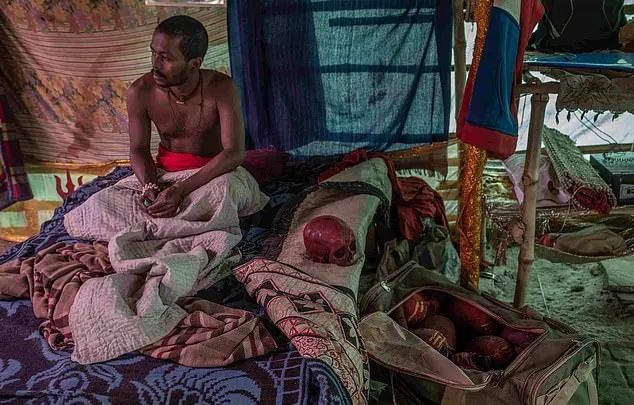
Understanding Their Culture with Respect
While these tribes’ customs may shock the modern world, we should not forget that their way of life is part of the rich diversity of humanity. Their traditions and beliefs are the product of thousands of years of culture.
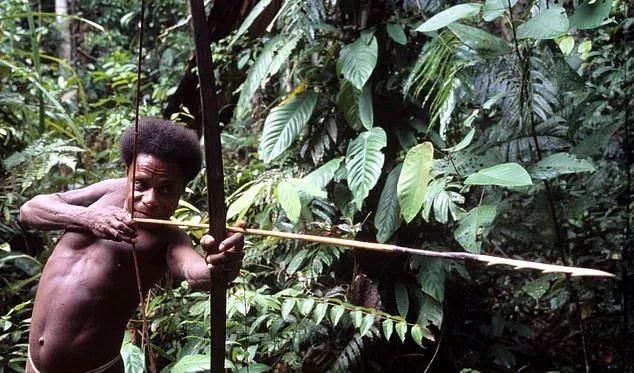
Our understanding of these tribes should be based on respect, not fear. It’s important to remember that the existence of such tribes reminds us that, even in an increasingly interconnected world, we still live in a complex, diverse world.







